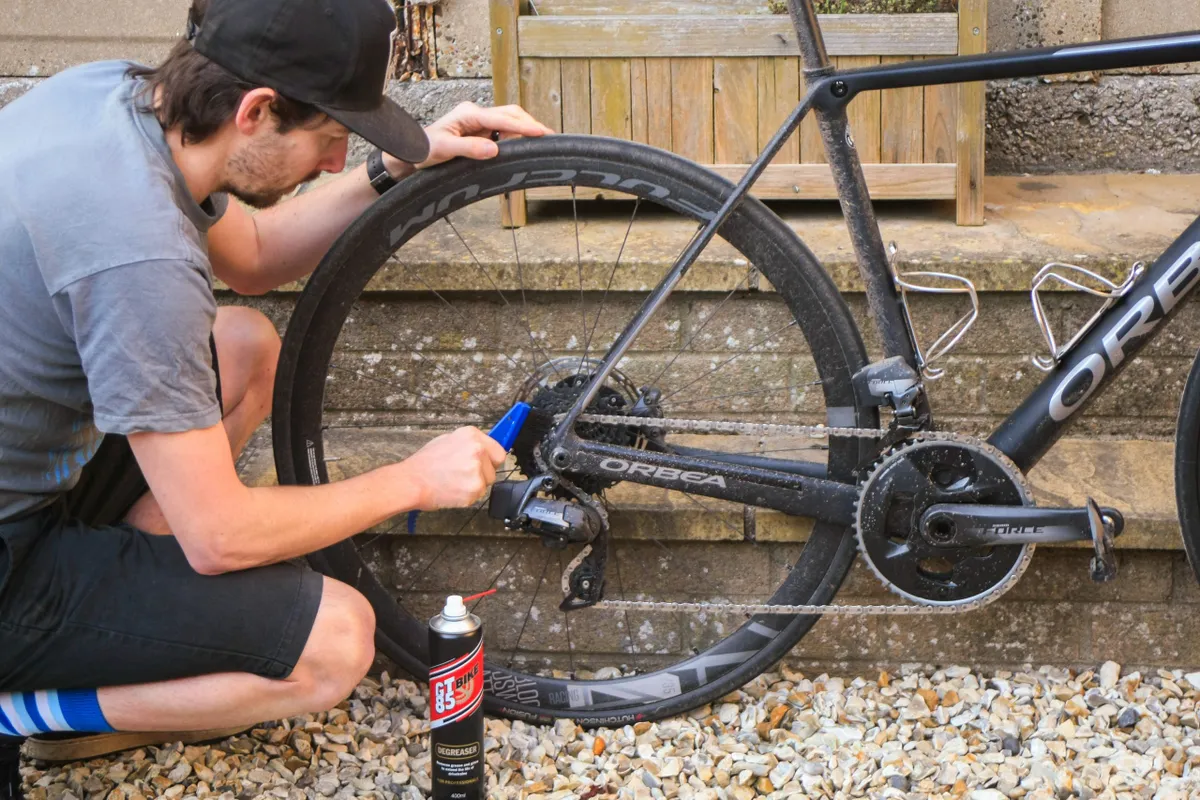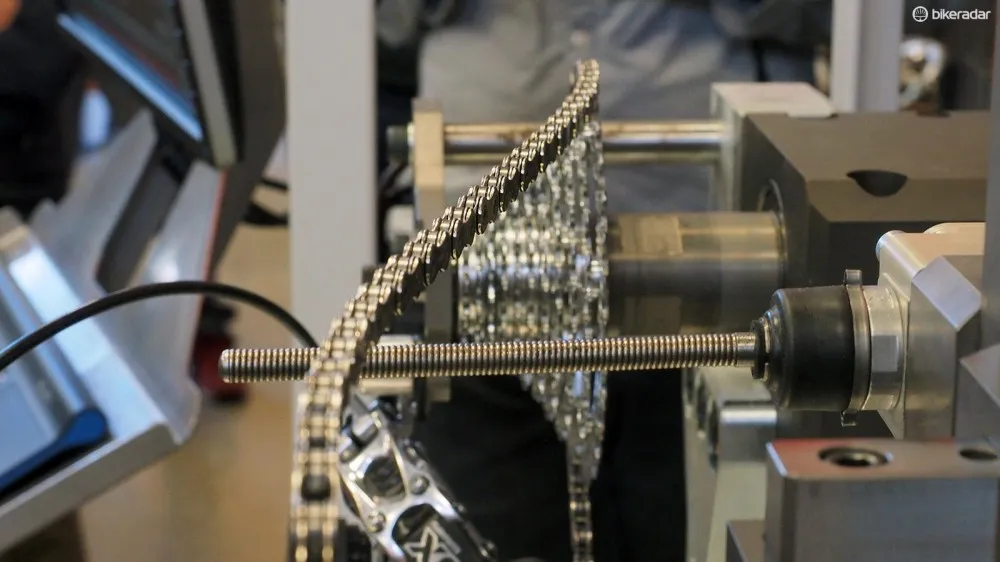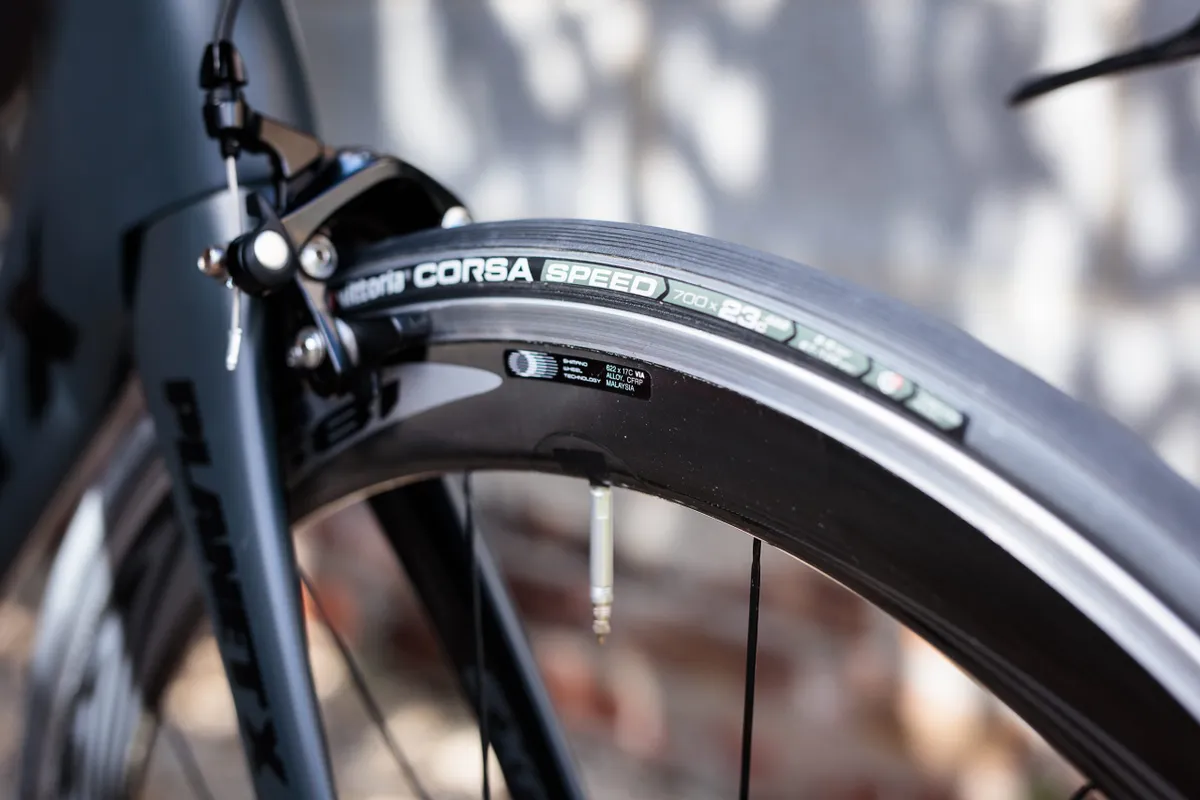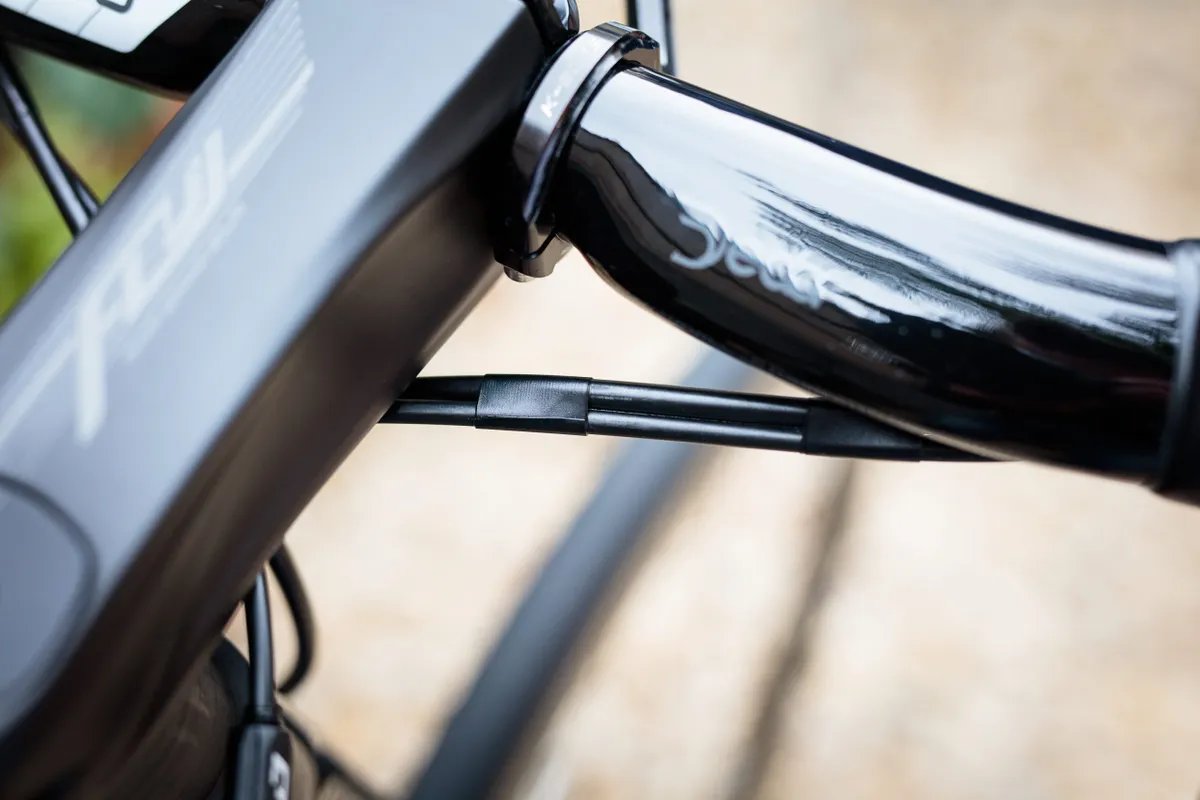There can’t be many cyclists out there who don’t want to be able to ride just a little bit faster.
If simply turning the pedals harder sounds like too much effort, or if you’re already pedalling as hard as you can, we’ve come up with some tips to help you go faster for free or for very little money.
So, join us as we reveal our top five low-cost secrets. From road bike position to bargain upgrades, we've got it covered.
1. Clean your bike regularly

It’s something we probably all know deep down, but if you’re not cleaning your bike regularly, it’s going to be costing you precious energy.
According to testing by Jason Smith of Friction Facts, a moderately dirty chain can decrease your drivetrain’s efficiency by at least a couple of per cent, and these losses only get worse as things get dirtier.
On top of that, all of the extra friction massively increases the wear on your bike's parts.
Now, we don’t know about you, but we don’t like having to waste money replacing chains, cassettes and chainrings, when we could be spending that money on something more exciting like copies of incredible magazines like Cycling Plus or Mountain Biking UK.
So, grab that bucket and sponge and get to work.
The only part you might need a specific cleaning product for is the drivetrain because oil and dirt on those parts can be hard to remove without a proper degreaser, but for everything else, we find hot water and a dash of regular dish soap works just as well.
Once your bike is spick and span, don’t forget to carefully re-lube your chain with a good quality chain lube and wipe off any excess.
This is also a perfect opportunity to check your brakes are working correctly, and whether all your bearings are spinning nice and smoothly too, or if they need a little extra grease.
Trust us, there’s nothing better than getting on a clean, quiet bike for your next ride and the fact that it’s also faster makes all that hard work worth it.
2. Use your gears better

Did you know you can also get a little free speed by using your gears better?
It might sound far-fetched, but it’s true. We’ll admit that this tip won’t turn you into a Tour de France contender, but every little helps, right?
The key takeaway is that it’s more efficient to use bigger chainrings, bigger cassette cogs and bigger pulley wheels. This is because larger cogs produce less friction than smaller ones because the chain doesn’t have to articulate at such extreme angles, as each link moves through the drivetrain.
So, how can you apply this to your riding? If you’re running a 2x setup, try to use the big ring as much as possible.
If you’re using a 1x setup, consider running a larger chainring up front, paired with a wider range cassette out the back.
The only caveat is not to forget about your chainline. Cross-chaining also increases friction because the chain has to bend to simultaneously reach each part of the system.
So, running extreme gear combinations, like the big-big or small-small, isn’t optimal either.
In summary, use bigger cogs wherever possible and try to use your front shifting to keep your chain in the middle of your cassette, and more of your watts will reach your back wheel.
3. Get faster tyres

Now this one is unfortunately not free, but as far as bike parts go, tyres are relatively cheap, so we think it warrants being included on this list.
The difference in rolling resistance between durable, puncture-proof training tyres and thin, supple tyres designed for racing can be huge.
Now, unless you’re doing short time-trials or hill climbs on good roads, we’d probably caution against going out and purchasing the absolute fastest tyres out there because these often have very little puncture protection.
The smart thing to do is to read the independent reviews on BikeRadar and choose a tyre that has the right balance of speed, comfort, weight and puncture resistance for your type of riding.
Now, maybe you already knew this and you already have the best tyres available, but did you know that what you put on the inside of your tyre can affect rolling resistance too?
Tubeless setups, for example, can be faster because they eliminate the need for inner tubes, which are a source of rolling resistance because energy is lost when they deform.
But testing by UK based aerodynamics experts Aerocoach has also shown that you can optimise the amount of sealant you put in your tubeless tyres. It found that around 30ml gives the best balance of rolling resistance and puncture protection for a 25mm tyre and that any more is just going to slow you down.
If your wheels aren’t tubeless compatible, or you’re just not ready to ditch inner tubes yet, there are still gains to be had though.
Latex inner tubes, for example, have long been known to offer less rolling resistance than standard butyl ones, and though they’re slightly more expensive, they’re a quick and easy upgrade for your race bike.
4. Tidy up your bike’s front end

Look around at the front end of any modern superbike and one thing they nearly all have in common is a lack of exposed cables at the front end.
Despite their small size, gear and brake cables can cause a surprising amount of aerodynamic drag. This is because circular or spherical objects are what an aerodynamicist would call ‘bluff bodies’.
Without turning this article into a lecture on fluid dynamics, this essentially just means they’re not streamlined. Wind tunnel testing by companies such as Specialized has shown that completely removing cables from the front end of your bike can save around 12 seconds over 40km.
That might not sound like much, but it could easily be the difference between winning and losing a race.
Of course, simply removing the cables entirely isn’t a practical option for everyone, unless you’re willing to spend enough money to get a new bike or a wireless groupset, but you can get some of the benefits simply by making sure your gear cables aren’t overly long, and by using zip ties, electrical tape or shrink wrap to tie cables together and tidy everything up.
As a bonus tip, this also applies to things like helmet straps. Shorten and tidy them up, and keep them close to your head, under the arms of your sunglasses. That’s another couple of watts saved for free.
5. Work on your riding position

This last gain could be the biggest one of all.
As many of you no doubt already know, the biggest thing slowing your bike down is of course… you!
That’s right, your body is the single biggest cause of aerodynamic drag in the rider and bike system, accounting for around 80 per cent of the total drag.
It makes sense, therefore, that anything you can do to your bike to make your body position more aerodynamically efficient is going to help you ride faster.
Back in 2017 we aero tested a number of road bike positions at the Los Angeles Velodrome in the USA and found that riding with your hands on the brake hoods with your elbows bent and forearms horizontal saved an enormous 94 watts when riding at 40 kilometres per hour, compared to riding sat up with straight arms.
Of course, the exact amount any of us stands to save will vary person to person, but the gains will always be significant.
We’d recommend experimenting with small changes to your saddle position, reach and handlebar height to find a setup that enables you to more comfortably hold this aero position for longer periods of time.
Slamming your stem might look great in photos, but if it means you can’t hold a good aero position for very long because your handlebars are too low, you’ll end up riding slower because of it.
What do you think of our tips? Did we pick the best ones or are there better ways to make your bike faster without spending much money? Let us know in the comments below.
